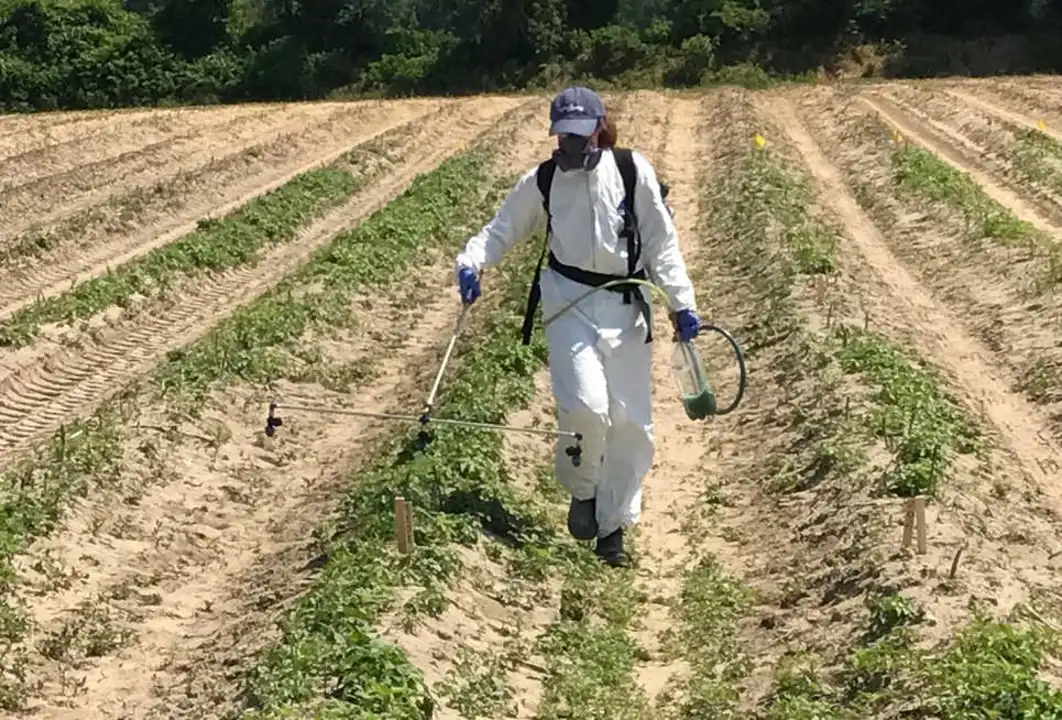Exploring the Benefits of Using Paraquat Herbicide on Crops
Paraquat is a commonly used herbicide that is widely utilized to manage and prevent weed growth in a variety of crops. This potent, non-selective contact herbicide can be used to manage a broad range of weeds, and it is rapidly absorbed by the leaves and stems of plants, allowing it to provide immediate control of weeds. Paraquat is primarily used as a pre-emergence herbicide, and it is a viable option for farmers and gardeners who need to quickly and effectively control weeds in their crops.
Paraquat can be used on a variety of crops, including corn, soybeans, cotton, wheat, barley, oats, and rye. In addition, it is an effective herbicide for managing weeds in turfgrass, ornamental plants, and non-crop areas, such as roadsides and fence rows. Paraquat is compatible with most other herbicides and can be used in combination with other herbicides to control a broad spectrum of weeds.
Paraquat is an effective herbicide for controlling weeds in a variety of crops. It is a non-selective contact herbicide, meaning it will kill any vegetation it contacts. It is rapidly absorbed by the leaves and stems of plants, allowing it to provide immediate control of weeds. It is effective at controlling a wide range of weeds, including grasses, broadleaf weeds, and sedges. It is most commonly used as a pre-emergence herbicide, but it can also be used post-emergence.
Paraquat is an effective herbicide for controlling weeds in a variety of crops. It is easy to use, fast-acting, and cost-effective. It is also compatible with most other herbicides, allowing it to be used in combination with other herbicides to control a broad spectrum of weeds. Paraquat is a great choice for farmers and gardeners who need to quickly and effectively control weeds in their crops.
Paraquat is an effective herbicide for managing weeds in a variety of crops. It is rapidly absorbed by the leaves and stems of plants, providing immediate control of weeds. It is compatible with most other herbicides, allowing it to be used in combination with other herbicides to control a broad spectrum of weeds. Paraquat is an effective, cost-effective, and easy-to-use option for farmers and gardeners who need to quickly and effectively control weeds in their crops.
Understanding the Risks of Paraquat Herbicide Use on Crops
Paraquat is one of the most widely used herbicides in the world, and is commonly used on a variety of crops. It is a powerful chemical that is effective at killing weeds, but it also comes with a number of potential risks. In this article, we will explore the risks of using Paraquat on crops and why it is important to understand the potential dangers before using this herbicide.
What Is Paraquat?
Paraquat is a widely-used herbicide that is used to kill broadleaf weeds and grasses. It is a selective herbicide, which means it will only affect the target weeds and not the crop itself. Paraquat has been used since the 1960s and is still used extensively today.
What Crops Is Paraquat Used On?
Paraquat is used on a variety of crops, including corn, wheat, soybeans, alfalfa, cotton, and potatoes. It is also used on pasture grasses and other non-crop areas such as roadsides and ditch banks.
What Are The Risks of Using Paraquat On Crops?
The primary risk associated with the use of Paraquat is the potential for human exposure. Paraquat is a toxic chemical that can be absorbed through the skin, ingested, or inhaled. It can also be transferred to people through contact with contaminated soil or water. Exposure to Paraquat can lead to serious health complications, including respiratory problems, lung damage, and even death.
Another risk associated with Paraquat is environmental contamination. Paraquat can leach into the ground water, polluting aquifers and rivers. It can also be absorbed by plants and animals, leading to a decrease in biodiversity and a decrease in crop yields. Additionally, Paraquat can harm beneficial insects, such as bees, and can have a long-term negative impact on the environment.
How To Minimize The Risks of Paraquat Use
It is important to understand the potential risks associated with Paraquat before using it on crops. If you decide to use Paraquat, it is important to follow the instructions and safety precautions on the label. Wear protective clothing, gloves, and a face mask to minimize the risk of exposure. Additionally, always wash your hands thoroughly after use and keep the herbicide away from children and pets.
If possible, you should also avoid using Paraquat near water sources, as it can easily leach into the groundwater and cause contamination. Additionally, you should always follow the recommended application rates and carefully monitor the environment for signs of contamination.
Conclusion
Paraquat is a powerful herbicide that is used on a variety of crops, but it comes with a number of potential risks. It is important to understand the risks before using Paraquat and to take appropriate safety precautions. By following the safety guidelines and monitoring the environment, you can minimize the potential risks associated with the use of Paraquat on crops.
